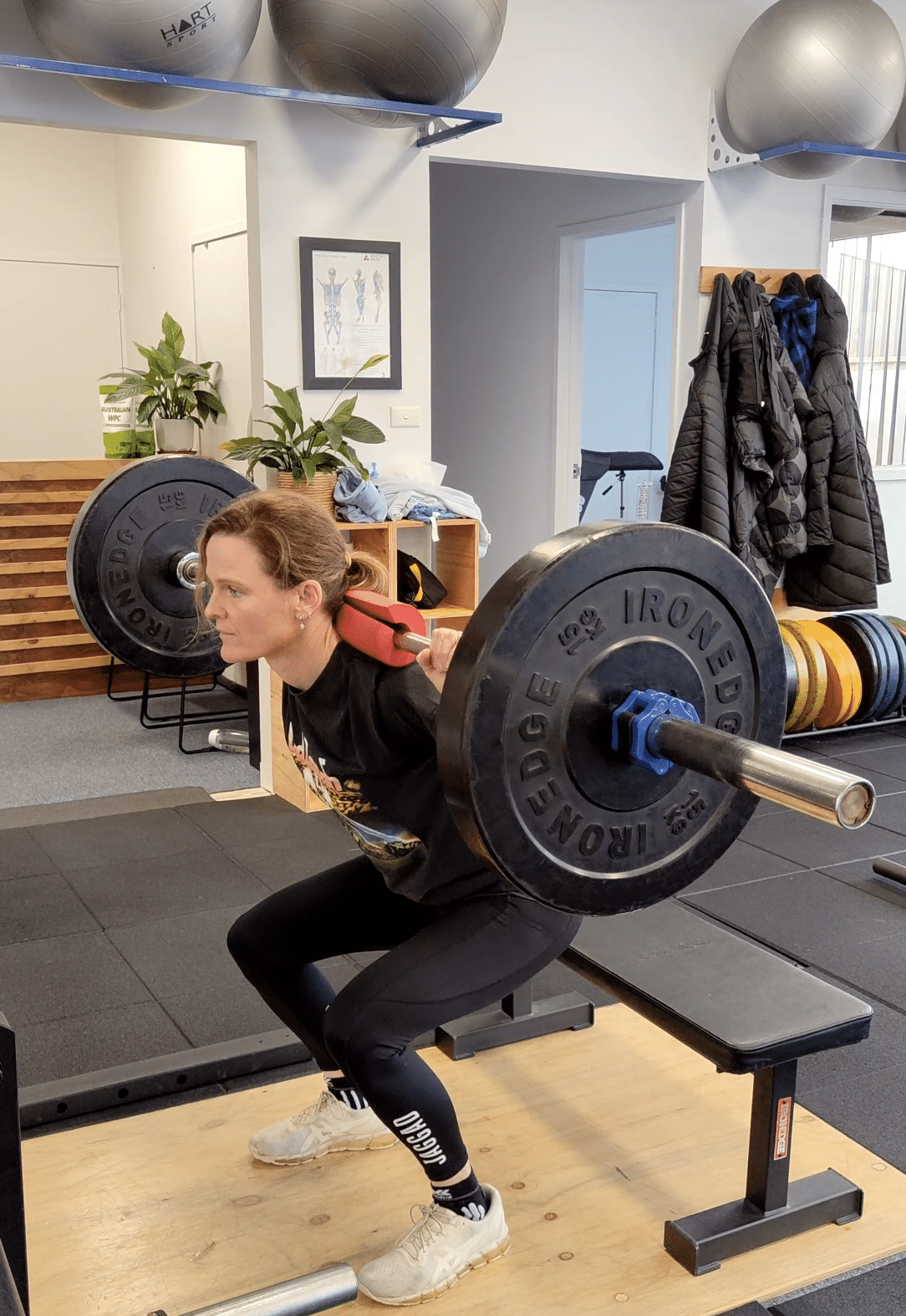Embarking on a fitness journey is a commendable endeavour, but the key to long-term success lies not just in the sweat and effort you put in but also in the habits you cultivate. In this post, we’ll delve into the crucial training habits that can make or break your fitness goals. From goal-setting to recovery monitoring, we’ll explore the steps necessary to ensure that your fitness journey is not only effective but sustainable in the long run.
Set Realistic and Attainable Goals:
One of the fundamental pillars of a successful training routine is setting realistic and attainable goals. It’s easy to get caught up in the excitement of a new workout program, but setting achievable objectives is crucial for long-term motivation and progress. Instead of aiming for drastic changes overnight, focus on incremental improvements. Whether it’s lifting heavier weights, running faster, or mastering a new yoga pose, breaking down your goals into smaller, manageable steps makes the journey less overwhelming and more enjoyable.
Prioritise Warm-Up and Cool Down:
The importance of warming up and cooling down cannot be overstated. These practices not only help prevent injuries but also contribute to better overall performance. Prioritise dynamic stretches and light cardio during your warm-up to increase blood flow and prepare your muscles for the upcoming workout. Similarly, a proper cool down, including static stretches, aids in muscle recovery and flexibility. Integrating these routines into every session establishes a healthy ritual that pays dividends in the long run.
Utilise Technology for Training Management:
In the digital age, leveraging technology can significantly enhance your training experience. Utilise your favorite fitness app to schedule sessions and record crucial workout details. Tracking sets, reps, load, tempo, and rest variables provides a comprehensive overview of your progress. Additionally, noting any aches or difficulties during a session creates a valuable reference for adjustments and improvements. The convenience of having your training history at your fingertips not only keeps you accountable but also allows for informed decisions in refining your workout routine.
Monitor Recovery to Work Ratio:
The delicate balance between training intensity and recovery is a key determinant of success. Both you and your coach should actively monitor the ‘recovery to work ratio’ to prevent overtraining. Pushing your limits is essential for growth, but without adequate recovery, it can lead to burnout and hinder progress. Pay attention to signals from your body, such as fatigue and persistent soreness, and adjust your training intensity accordingly. A mindful approach to recovery ensures that your system remains resilient and ready for the next challenge.
Align Training with Supercompensation Principles:
For sustained progress, it’s essential to align your training with scientifically proven supercompensation principles. If you find yourself working hard without seeing results, it’s a clear sign that your training load needs adjustment. Planning your training annually allows for a strategic approach, ensuring that each month builds upon the last. Periodisation, synchronised with supercompensation principles, not only optimises performance but also minimises the risk of overtraining. Consistency in planning leads to a more efficient and effective fitness journey.
Assess and Adjust:
Regularly assessing your progress is a critical step in ensuring the effectiveness of your training program. Whether through performance testing, competitions, or races, these evaluations provide tangible feedback on the success of your current plan. Don’t shy away from reassessing and discussing outcomes with your coach. If certain aspects are not yielding the expected results, be open to making necessary adjustments. A dynamic and responsive approach to your fitness plan enhances its adaptability, ensuring that you stay on the path to success.
Building a strong foundation for success in your fitness journey requires more than just breaking a sweat. Cultivating these training habits — from setting realistic goals to leveraging technology and prioritising recovery — not only enhances your current performance but sets the stage for long-term success. Remember, it’s not just about the destination but the journey, and by incorporating these habits into your routine, you’re not just working out; you’re building a sustainable and fulfilling lifestyle.




